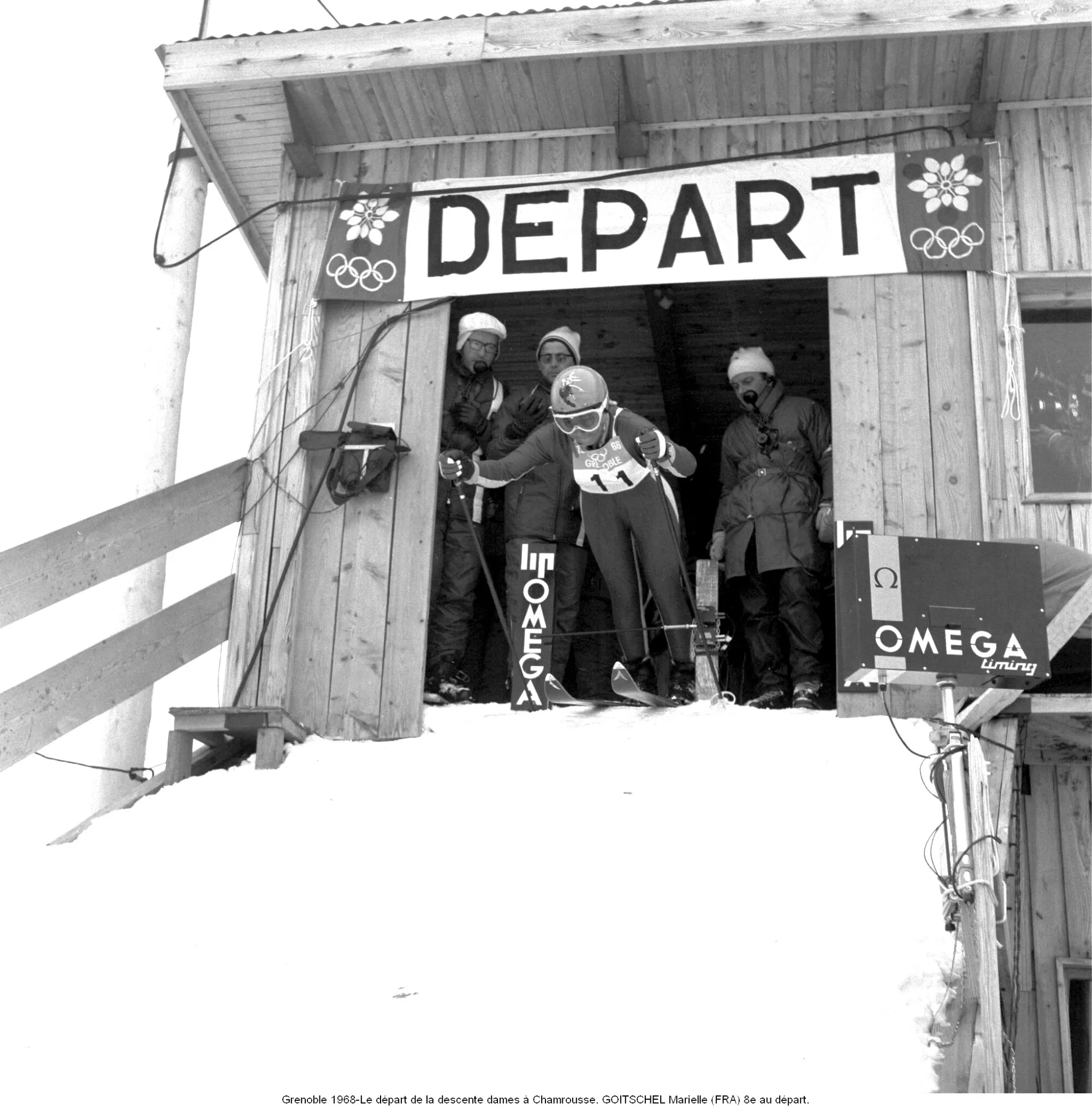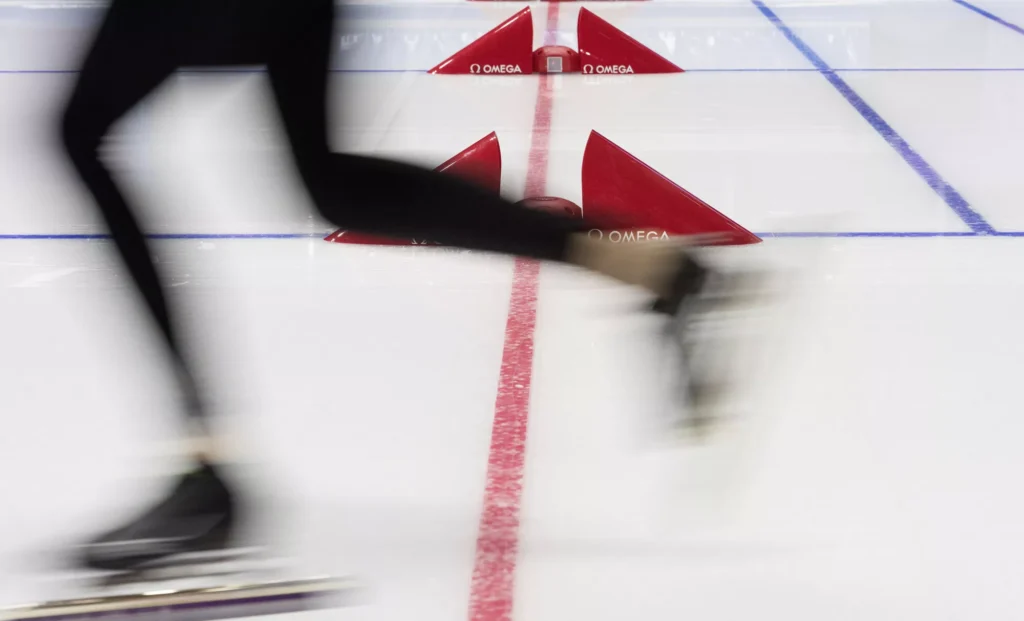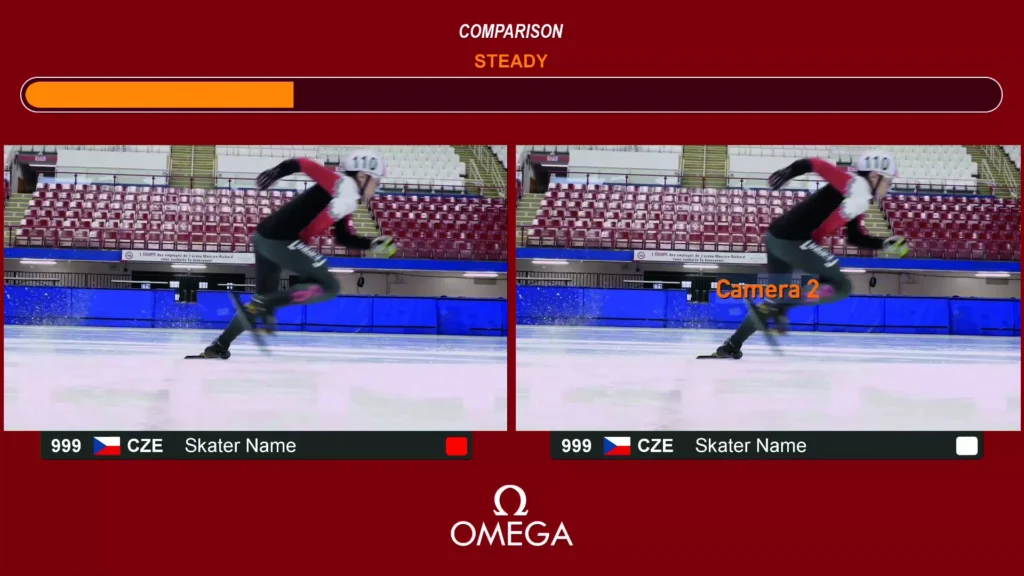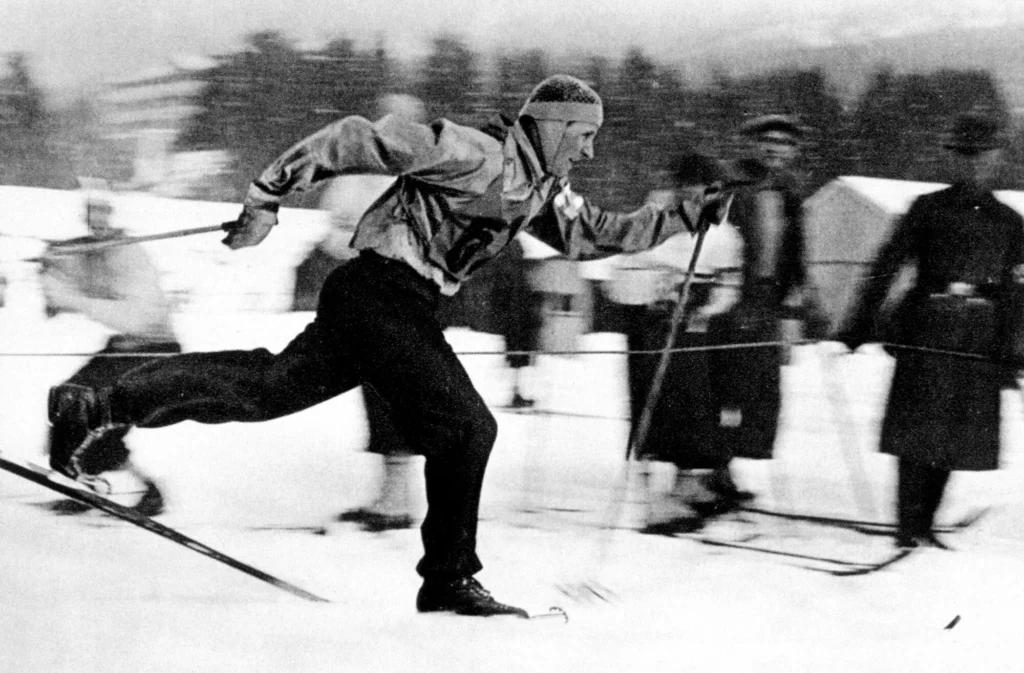For the fourth time, the Olympic Games head to Italy. When Milano and Cortina open the winter chapter on February 6, 2026, OMEGA will be there in its most public role. The brand’s timekeeping résumé now spans 32 Olympic editions since 1932, a lineage that begins with one watchmaker and a suitcase and now travels with hundreds of expert timekeepers and the sort of logistical footprint you feel through the floor when it rolls into town.


What does that look like to the spectator? In a word, invisible. The job is to make sure nothing distracts from the human drama. The updated OMEGA kit arrives to capture every split second in immersive detail, then melts into the background so the only numbers that matter are the ones on the scoreboard. The scale is startling. We are told “hundreds of tonnes of equipment,” which is more rolling lab than pop-up booth, deployed across venues that range from the smooth glare of the speed skating oval to the rattling ice of the bobsleigh run.
Milano Cortina 2026 will stage 116 events across 8 sports. The familiar alpine and sliding disciplines share space with modern crowd-pleasers like Snowboarding and Freestyle Skiing, and a debutant takes the stage in Ski Mountaineering. That is a broad spectrum of motion to measure. While the brand’s release does not dive into the guts of each system, it is clear the timing has to flex from hundredths at the finish line to intermediate splits that keep coaches honest and broadcasters fed. The point is service. Athletes, judges, and spectators are all on the same clock.


OMEGA’s presence is already ticking in northern Italy. To mark the countdown, the company unveiled a special Countdown Clock in Cortina for the Paralympic Winter Games and began the One Year to Go moment for both the Olympic and Paralympic events. A countdown is simple on paper yet powerful in a public square. It turns anticipation into a ritual, a daily reminder that the world is moving toward a shared appointment.
How does this sit within the brand’s broader universe of watches and watchmaking. OMEGA’s identity is a three-part chord of spacefaring chronographs, deep-diving tool watches, and a longstanding contract with sport at its highest level. The Olympic partnership is not an accessory. It is a proving ground that has shaped the company’s reputation for precision, and a narrative thread that runs through Planet OMEGA’s Sports & Timekeeping pillar. Even in a world that runs on quartz-synchronized everything, the symbolism of a mechanical-origin watch company taking responsibility for the world’s most scrutinized finish times still carries cultural weight.
There is also a pleasing continuity to the story. The suitcase of stopwatches in 1932 reads like a sepia postcard now, yet the core brief is unchanged. Make the race fair. Make the result incontestable. In 2026, that means moving in with a small army and an industrial load of sensors and systems, then leaving behind a single accurate number next to a name.


Collectors often talk about provenance, and while this announcement is about timing the athletes rather than releasing a watch, the halo effect is real. Every four years, the brand reaffirms a public competence that quietly legitimizes the precision claims of its consumer pieces. The ritual fosters a broad fan base beyond the enthusiast bubble too. Olympic timing is a bridge between specialist craft and mainstream attention.
If you care about watches, you care about time. OMEGA’s return to the Winter Games is a reminder that timekeeping is more than a tagline. It is a responsibility measured in thousandths and in trust, and in Italy next February the brand will once again be judged by both.
Read more about watches here.